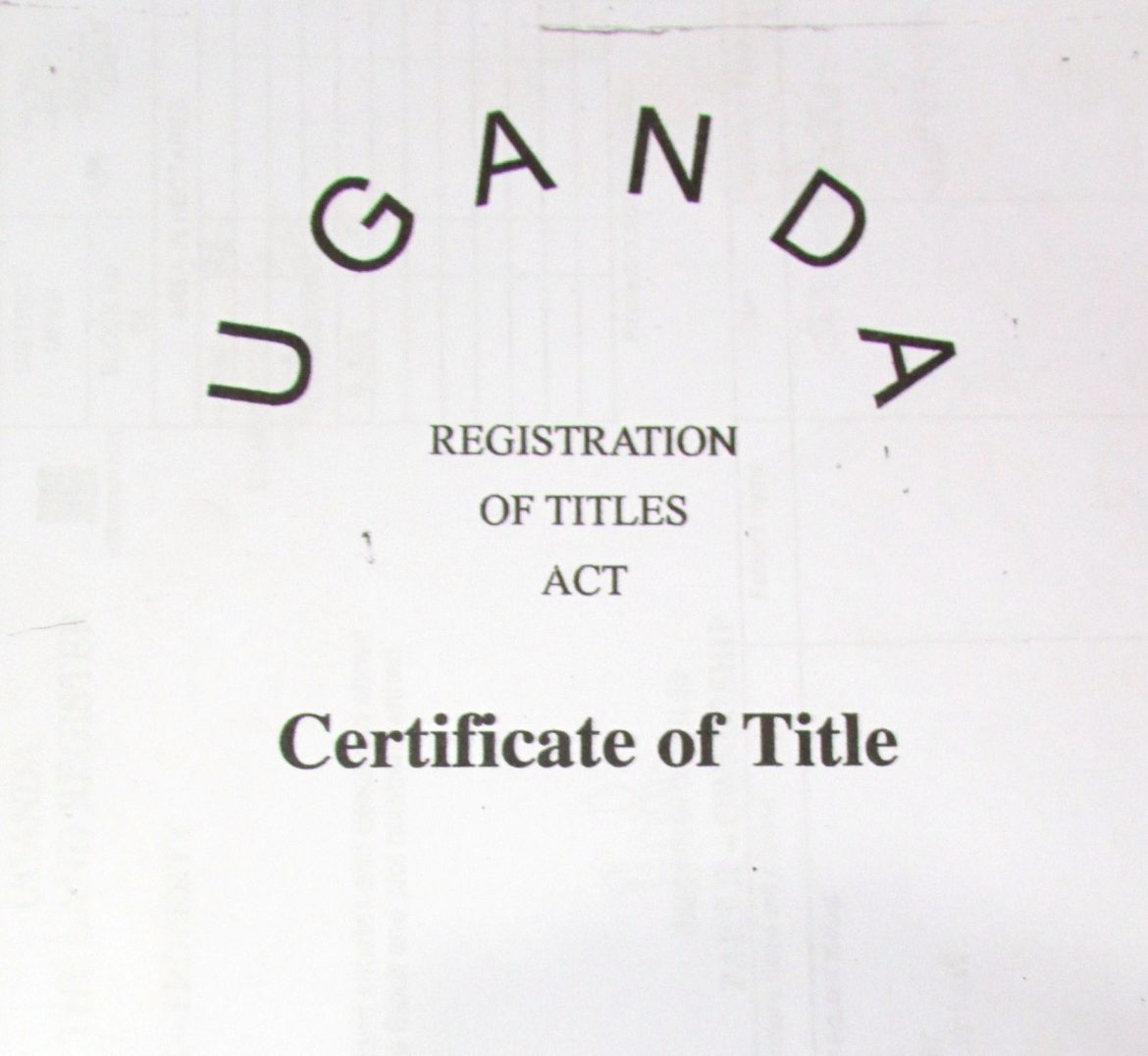To fully comprehend land ownership in Uganda, one has to first go back to the 1900 Buganda Agreement when the British appropriated land for different purposes, and from these appropriations comes today’s land tenures or forms of ownership.
The 1900 Buganda Agreement divided into Crown land, Kabaka’s land (Official mailo), land to chiefs (Private Mailo), and more.
Currently, we have 4 modes of land ownership or tenure in Uganda namely;
- Mailo Land
- Freehold land
- Leasehold
- Customary land
When acquiring land in Uganda, one has to carry out due diligence and understand the different modes of land ownership. This article is to help you understand exactly that;
1. Mailo Land
This type of tenure is predominantly in Buganda, with some minimal parts of Ankole, Bunyoro and Tooro sub-regions having it. Mailo tenure is one where permanent ownership of a large plot of land belongs to landlords who acquired it through the 1900 Buganda agreement, while at the same time tenants on the land are recognized and they also have rights to live on and utilize the land.
Owners have perpetual ownership and are free to sell or pass on their rights to their heirs. On the side of selling, many mailo holders have since 1900 sold off their holdings, to such an extent that the Ministry of Lands puts the number of owners to have risen to more than 300,000 today courtesy of so many having inherited or bought parts of what was previously one piece of land, thereby causing its subdivision.
On the side of the constitution, it states that mailo landowners are not allowed to use their powers against the interests of customary tenants, bona fide, or lawful occupants.
This provision was introduced in 1998 and revised further in 2010 with the aim of inhibiting the possible eviction by landlords of people occupying mailo land as customary tenants or squatters.
It is important to note that there are no more new titles issued for land under Mailo tenure because all titles were issued prior to 1928.
Today what happens is an only further subdivision of the existing titles which were issued prior to 1928, as well as changing the names on the titles in cases where ownership is being transferred. Under the process of subdivision and transfer of ownership, the applicant and the transferring landowner both fill application forms with the zonal office of the ministry of lands in their area, then wait for the zonal office to complete the rest of the process.
2. Freehold Tenure
The Land Act 1998 defines freehold tenure as a tenure that bestows upon someone ownership of registered land in eternity –which means “owning the land forever,” this type of tenure was set up by the 1900 agreement between Buganda and the British colonial government.
Most owners of land under this tenure acquired it as grants from the colonial government before independence and from the Uganda Lands Commission after independence –with only a few having bought it mostly from the government.
The Land Act specifies that the holder of land in freehold has the full power of ownership, which means they can use it for any lawful purpose and sell, rent, lease, dispose of it by will.
The act also decrees that only citizens of Uganda are entitled to own land under freehold tenure, with non-citizens allowed only the alternative of leasing it for a period of up to 99 years.
About obtaining certificates of title under this tenure is pursued directly through the government authorities where the Sub-county land office, the district land office, and the zonal office of the Ministry of Lands are all involved.
3. Leasehold
The 1998 Constitution describes leasehold tenure as one where one party grants to another the right to exclusive possession of land for a specified period, usually in exchange for the payment of rent. Under this type, a landowner (whether through freehold, Mailo, or customary tenure) grants a lease to another person.
In practice, much of the land that is leased was previously owned by government bodies, particularly the Land Commission and the District Land Board, and normally this comes with some development conditions imposed on the land’s subsequent use by those to whom it is leased.
4. Customary Tenure
With the exception of Buganda which is mainly held under Mailo, land in other parts of Uganda is held mostly under the customary tenure. He says the Land Act of the Constitution describes this tenure as one where land is owned communally, by a clan, or a tribe, among others. There are different forms in which customary land tenure exists in different parts of Uganda. “In some places, the land is held communally, in some it belongs to a particular clan while in others, it is held by individuals.
The rules of customary law also vary in different parts of the country. The Land Act 1998 states that customary land tenure shall be governed by rules generally accepted as binding by the particular community, and anyone who acquires land in that community shall also be bound by the same rules.”
He adds that with customary tenure, obtaining of a private certificate of title is possible for individuals, whereby they simply have to agree with the community that owns the land (the clan or tribal chiefs), then the Sub-county and government land boards take up the process of issuing the title. The constitution also provides for the conversion of individual or communal tenure into one on freehold, and leasehold can also be issued by owners to tenants under this tenure.
Conclusion
It is, therefore, our advice that before you purchase a plot of land, you should know what type of tenure (the type of ownership or system) the land is under as well as the implications.
Learn more about the land in Uganda here: Land Resources









